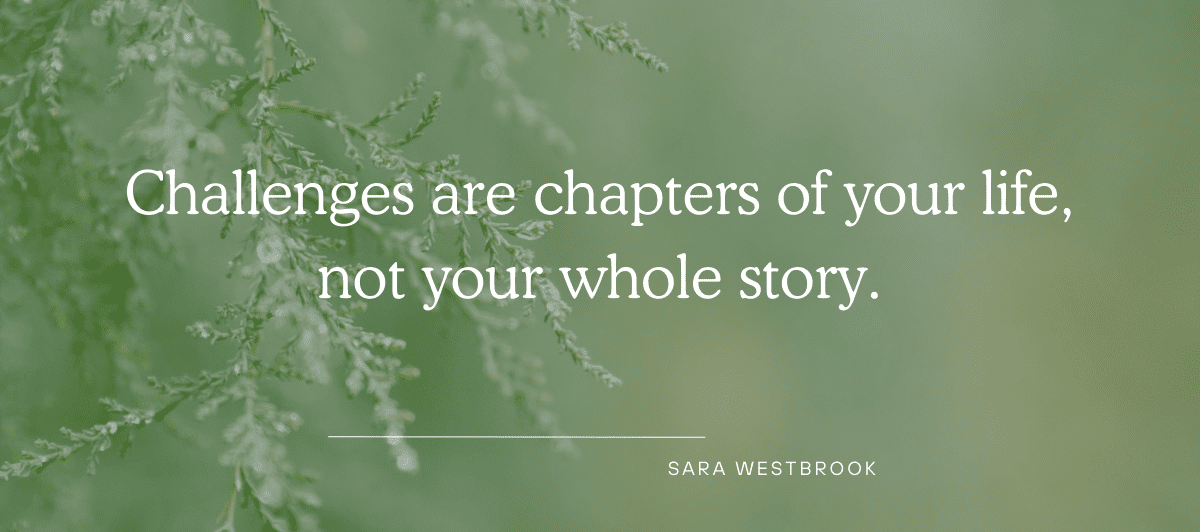
Pausing – Your Secret Super Power
Sometimes kids say things that hurt—words that feel disrespectful. In those moments, it’s natural to react. But here’s something to consider:
When we don’t react—when we take a pause instead of reacting—a shift can happen—our kids reflect on what they’ve said. And in that reflection, they often come back with something like, “I’m sorry I said that.”
What happens when we do react? The focus shifts. Their reflection turns into defensiveness. Instead of thinking about their words, they’re now thinking about ours. And often their question becomes: “Well, are you going to say sorry too?”
This is what I know: Next time your child says something disrespectful, try taking a pause instead of reacting. Giving the moment space doesn’t mean you’re okay with the behavior. It means you’re giving them a chance to think about what they said—and that’s often when the apology comes.
Until next time…




